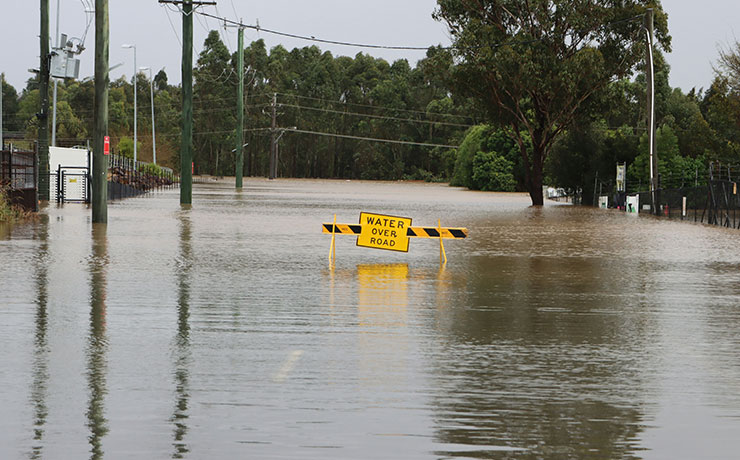
October 31, 2024
The latest State of the Climate Report – prepared by the CSIRO and the Bureau of Meteorology – has found Australia’s weather and climate has continued to change, with an increase in extreme heat events, longer fire seasons, more intense heavy rainfall and a rise in sea levels.
The report, prepared every two years, was released on Thursday.
It draws on the national and international climate research and monitoring to describe changes and long-term trends in Australia’s climate.
Scientists found the oceans around Australia were continuing to warm, with increases in carbon dioxide in the atmosphere leading to more acidic oceans, particularly south of Australia.
CSIRO research manager Dr Jaci Brown said warming of the ocean had contributed to longer and more frequent marine heatwaves, with the highest average sea surface temperature on record occurring in 2022.
“Increases in temperature have contributed to significant impacts on marine habitats, species and ecosystem health, such as the most recent mass coral bleaching event on the Great Barrier Reef this year,” Dr Brown said.
“Rising sea levels around Australia are increasing the risk of inundation and damage to coastal infrastructure and communities.
“Global mean sea level is increasing, having risen by around 22 centimetres since 1900. Half of this rise has occurred since 1970.
“The rates of sea level rise vary across the Australian region, with the largest increases in the north and south-east of the Australian continent.”
The amount of greenhouse gases in the atmosphere continues to increase, with 2023 the warmest year on record globally.
Dr Karl Braganza, Climate Services Manager at the Bureau of Meteorology, said Australia was continuing to warm, with eight of the nine warmest years on record occurring since 2013.
“This warming has led to an increase in extreme fire weather and longer fire seasons across large parts of the country,” Dr Braganza said.
The report describes the shift toward drier conditions between April to October across the south-west and south-east, and reduced rainfall in south-west Australia now seems to be a permanent feature of the climate.
“The lower rainfall in the cooler months is leading to lower average streamflow in those regions, which can impact soil moisture and water storage levels and increase the risk of drought. Droughts this century have been significantly hotter than those in the past,” Dr Braganza said.
“However, when heavy rainfall events occur, they are becoming more intense, with an increase of around 10 per cent or more in some regions.
“The largest increases are in the north of the country, with seven of the 10 wettest wet seasons since 1998 occurring in northern Australia.”
- The 2024 report can be found on the CSIRO and Bureau of Meteorology websites.























